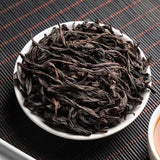Da Hong Pao Tea
- Sale price
- $26.99
- Regular price
-
$29.99 - Regular price
- $26.99
- Unit price
- per
Couldn't load pickup availability
Product Description
Product Description
Da Hong Pao, the treasure of Chinese oolong tea, is produced in Wuyi Mountain, Fujian Province. Its tea leaves are tightly bound, dark in color, and have a bright orange-yellow brew. The aroma is rich and long-lasting, the taste is mellow and sweet, and the infused leaf is a mixture of red and green. Da Hong Pao not only has a unique flavor but also contains a wealth of health benefits, such as refreshing the mind and clearing the brain, helping to digest food and reduce fat, lowering blood lipids, and helping to lose weight. With its outstanding quality and profound cultural heritage, it has won wide acclaim from tea lovers at home and abroad and has become an outstanding representative of Chinese tea culture.

Da Hong Pao Tea Details:
Product Name: Da Hong Pao Tea
Place of Origin: Fujian Province, China
Net Weight: 50g
Shelf Life: 1095 days
Storage: Protect from moisture, odours and direct light
Da Hong Pao Tea Picking:
The picking standards for Da Hong Pao tea are very strict. We mainly pick Da Hong Pao tea between 10 April and 20 May each year. The picking standards are that the new shoots and leaves are fully mature (with three or four leaves), without leafwater, damage, and are fresh and uniform. The fresh leaves should not be too young, as this will result in a tea with a low aroma and a bitter taste; nor should they be too old, as this will result in a weak flavour and poor aroma. We use only hand-picked leaves, which is a costly process, but the picking standards,purity,y and quality of the young leaves are better, which provides a good guarantee for producing high-quality tea.

Da Hong Pao Tea Production Process:
The production process of Da Hong Pao tea is very complex andmeticulous, and mainly includes the following steps:
Picking: Picking is the first step in the production of Da Hong Pao. The picking standard is that the new shoots and leaves are fully mature, and 1 bud and 3 to 4 leaves are picked after forming a resting bud. The leaves picked should not be too young or too old to ensure the quality and taste of the tea.
Withering: Withering is the basis for the formation of the Da Hong Pao rock tea aroma. The purpose is to evaporate a small amount of water, soften the leaves, increase the difference in water content between the leaves and stems, and improve the water absorption of the leaf cells, in order to prepare the conditions for accelerated ‘water movement’ during the ‘Qing’. At the same time, it accelerates chemical changes and prepares the material basis for improving the aroma and removing the bitter taste.
Tea-making: Tea-making is the most critical stage in the production process of Da Hong Pao tea, and is also the core step in developing the tea's unique qualities. The process of tea-making is very particular, and includes multiple steps such as Aroma-Developing Leaf Shaking, Hand-Making, and Resting. It requires a flexible grasp of the principles of combining movement and stillness, and of shaking the leaves lightly at first and then more heavily. The purpose of tea-making is to achieve water movement in the tea leaves, promote reddening of the cell tissue at the edges of the leaves, and cause chemical changes in the contents.
Fixation: The purpose of fixation is to use high-temperature fire to destroy the activity of enzymes, stop fermentation, and further destroy chlorophyll through thermochemical action. Some polyphenolic compounds are heated to accelerate spontaneous oxidation, the green gas disappears, and new high-boiling-point aromatic compounds are developed, forming a new aroma. When stir fixation is done by hand, the firepower of the stove must be extremely high, and the temperature of the pan gradually increases to 230-260 °C. Add about 750 grams to each pot and stir-fry. Use both hands to stir quickly, but do not shake the tea leaves too much when stirring, to prevent excessive evaporation of water, which will make it inconvenient to roll. After 2 to 3 minutes and 40 to 50 stir-frying times, the surface of the tea leaves will be covered with water droplets and become soft like cotton.
Rolling: After removing the tea leaves, quickly place them on the rolling tea table while they are still hot and roll them. Push the stir-fried leaves back and forth in the rolling sieve until sufficient leaf juice flows out, and the leaves curl into strips with a strong fragrance. Then combine the kneaded leaves in a pot and stir-fry again. The temperature for the second stir-frying is lower (200–240°C) than for the first, and the time is also shorter, about 30 seconds, with just a few turns. Remove and knead again. The kneading time is slightly shorter than the first kneading. The technique of double stir-frying and double rubbing is unique to the production process of Da Hong Pao tea and is also a very important part. Double stir-frying can make up for the deficiencies of the first stir fixation. Reheating promotes the formation and persistence of the rock tea aroma, flavour and charm. Double rubbing makes the tea leaves more compact and beautiful.
Roasting: Roasting is one of the important steps in the production process of Da Hong Pao tea, and includes the steps of initial roasting, sorting, re-roasting, sieving, even piling and stewing. The first roasting is to further consolidate the quality of the tea and prepare the aroma, texture and colour of the dried tea. Sorting is to remove yellow leaves, broken leaves and other debris from the tea. The second roasting is to further evaporate the moisture and consolidate the quality of the tea. Sieving and even stacking are to ensure the uniformity and consistency of the tea. Steaming is to place the wrapped tea on a baking rack and heat treat it at a low temperature for a long time to give the tea its unique aroma and texture.

Da Hong Pao Tea Brewing Method:
- Prepare the tea set: Choose a covered bowl or purple clay pot with a capacity of about 110 ml as the brewing utensil. Prepare boiled water at 100°C, as Da Hong Pao needs high temperatures to fully stimulate the aroma.
- Put tea leaves into the teapot: Depending on personal taste and the size of the teapot, usually put about 8 g of tea leaves into the teapot.
- Warm the cups: Rinse the tea set with a small amount of boiling water to raise the temperature of the tea set, which is conducive to the release of the aroma of the tea.
- Waking the tea: Pour boiling water into the lid bowl or purple clay pot to quickly moisten the tea leaves and then pour it out. This step is called ‘waking the tea’ and helps the tea to expand and release its aroma.
- Formal brewing: Pour boiling water again. The first infusion should be steeped for about 5 seconds, and the steeping time can be appropriately extended by 5 seconds for each subsequent infusion, adjusting the steeping time according to personal taste.
- Sipping: Pour the tea into a teacup and then divide it into tasting glasses for sipping. When tasting, pay attention to the aroma, flavour and texture of the tea, and experience the unique charm of Da Hong Pao

Da Hong Pao Tea Characteristics:
Appearance: The Da Hong Pao tea leaves are tightly bound, sturdy, slightly twisted, with a lustrous or oily appearance, clean and evenly shaped.
Colour: The tea leaves are a bright greenish-brown colour. After brewing, the leaves are a mixture of red and green, and the soup is clear, bright and a deep orange-yellow colour, slowly turning red as it sits.
Aroma: The aroma of Da Hong Pao is complex and rich, usually with distinct floral and fruity notes
Taste: Da Hong Pao tea has a mellow and thick, sweet taste, with a distinct aftertaste.
Bubble-resistant: Da Hong Pao is very bubble-resistant and can be brewed many times, retaining a certain amount of aroma and flavour each time

Da Hong Pao Tea Benefits:
Refreshes the mind and invigorates the body: Da Hong Pao tea contains caffeine, which can stimulate the central nervous system, help to invigorate the spirit, enhance thinking, eliminate fatigue and improve work efficiency.
Antibacterial and anti-inflammatory: The polyphenols in Da Hong Pao also have antibacterial and bacteriostatic effects, and have a certain therapeutic effect on oral inflammation, ulcers, sore throats, etc.
Lowers blood pressure and blood lipids: Da Hong Pao is rich in tea polyphenols, which have a beneficial effect on the cardiovascular system. They relax blood vessels, speed up breathing, help lower blood pressure and blood lipids, and prevent cardiovascular disease.
Boosts immunity: The beneficial ingredients in Da Hong Pao, such as tea polysaccharides, can boost the body's immune system and improve resistance.
Diuretic and reduces swelling: The caffeine and theophylline in Da Hong Pao have a diuretic effect and help improve symptoms such as difficulty urinating and edema.
Our Privacy policy
Our Privacy policy
We offer free shipping on all of our teas. All you need to do is add the product to your cart, and than purchase to complete the transaction without having to pay extra for shipping.
We want you to be 100% satisfied with your purchase. Items can be returned or exchanged within 30 days of delivery.
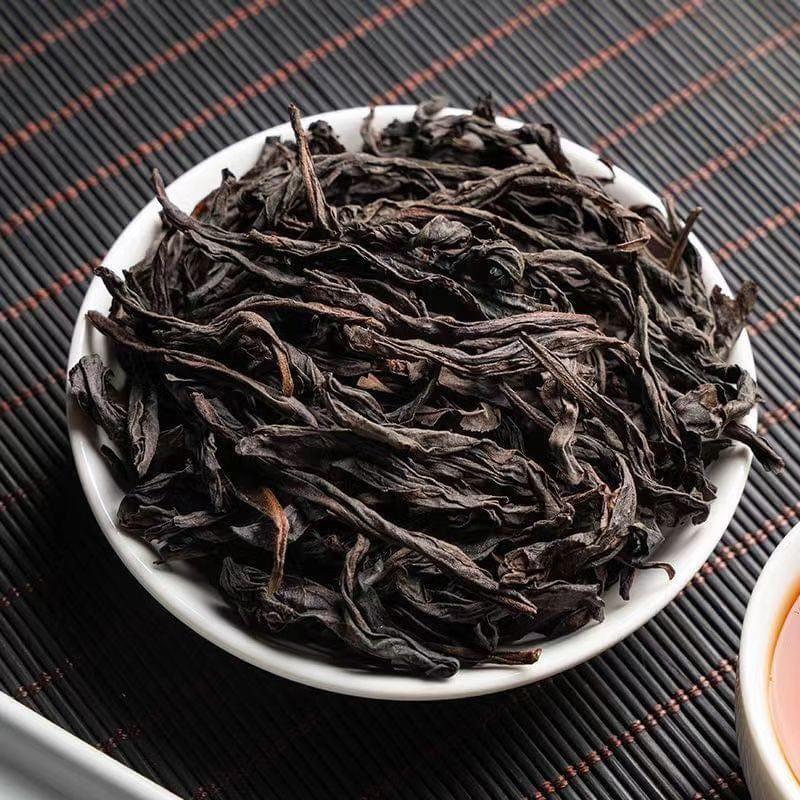
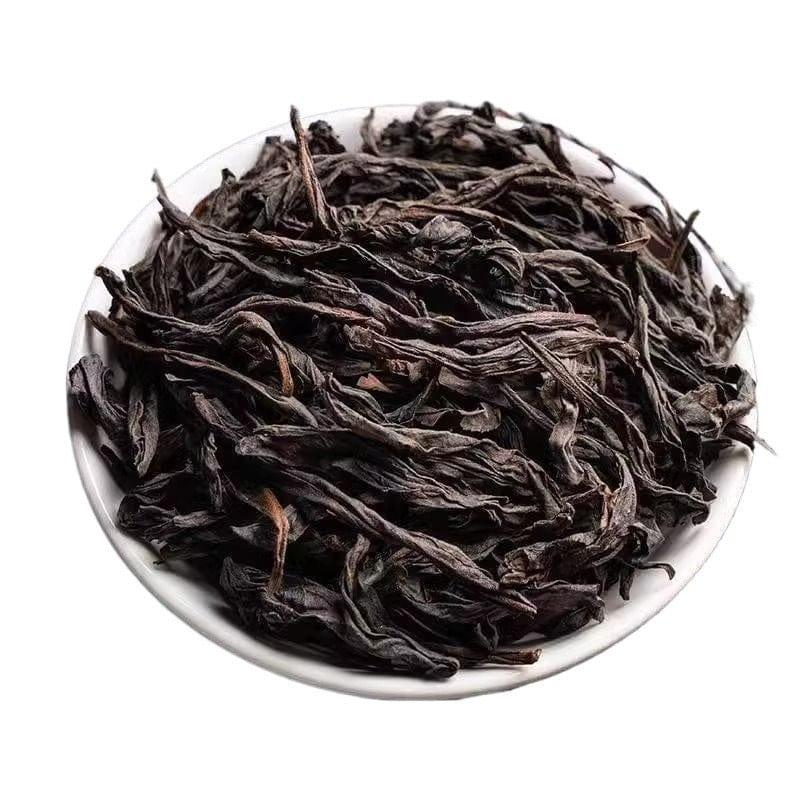
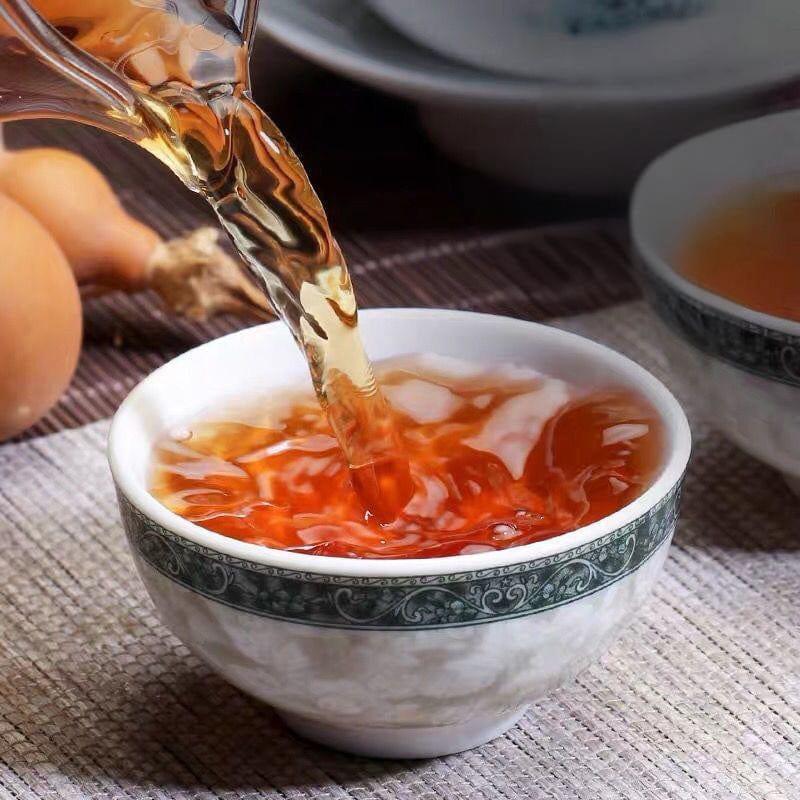
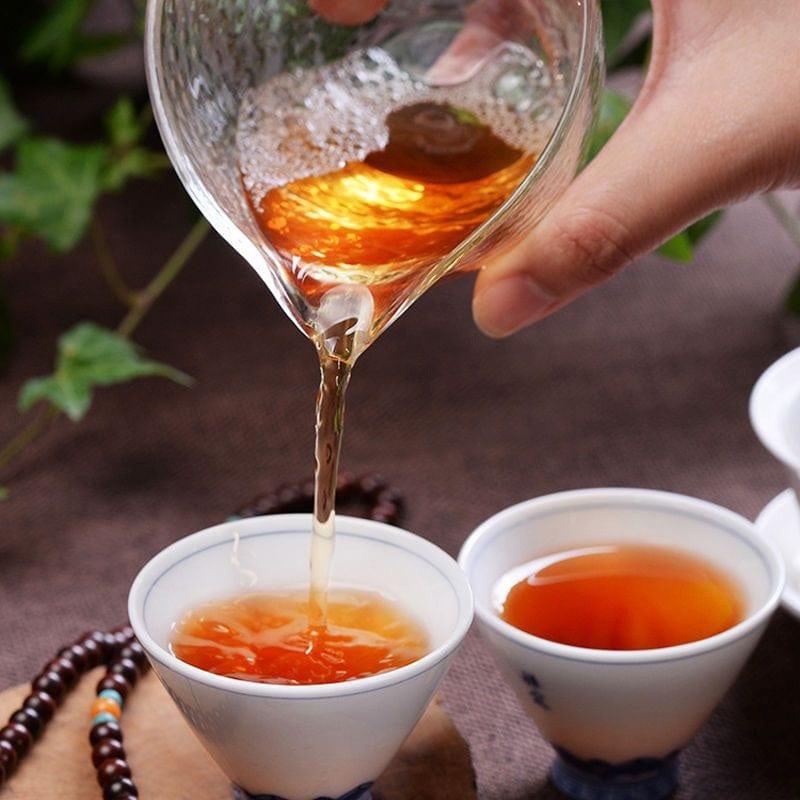
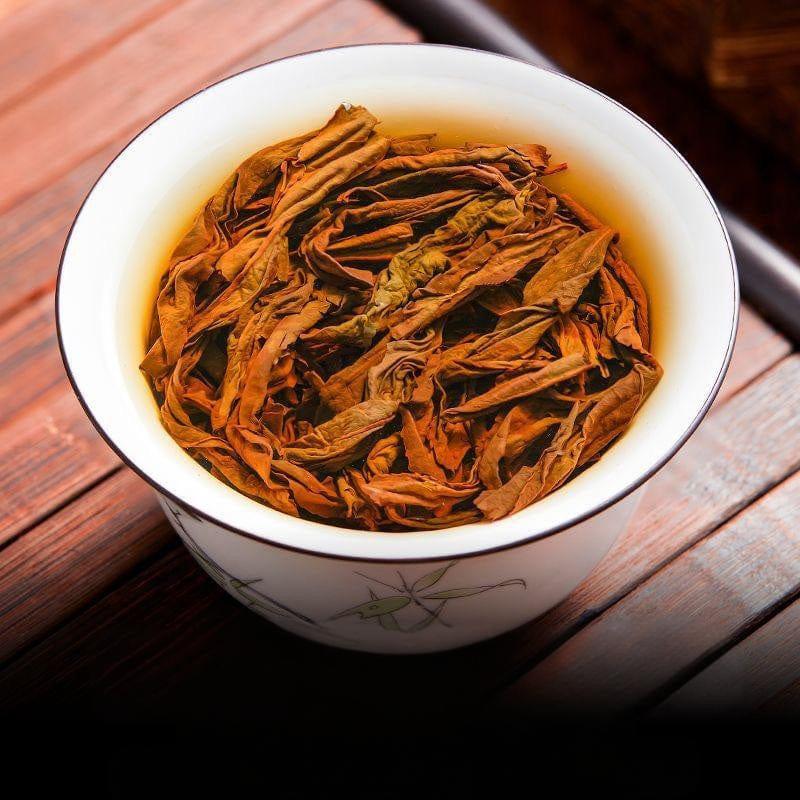
Notified by email when this product becomes available
